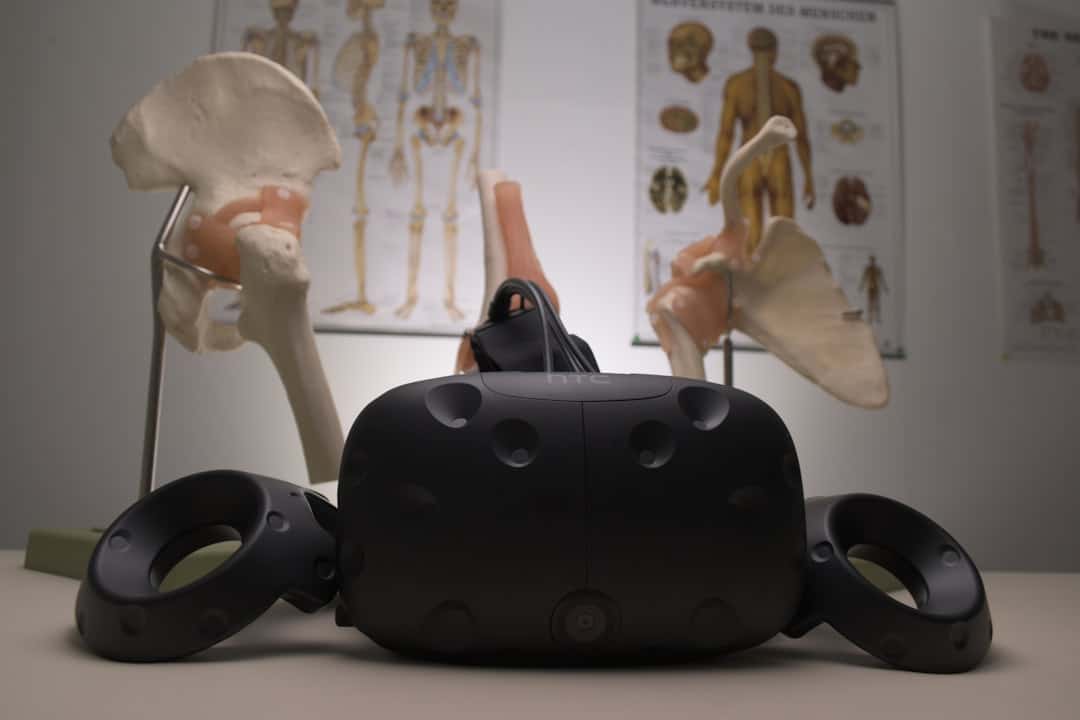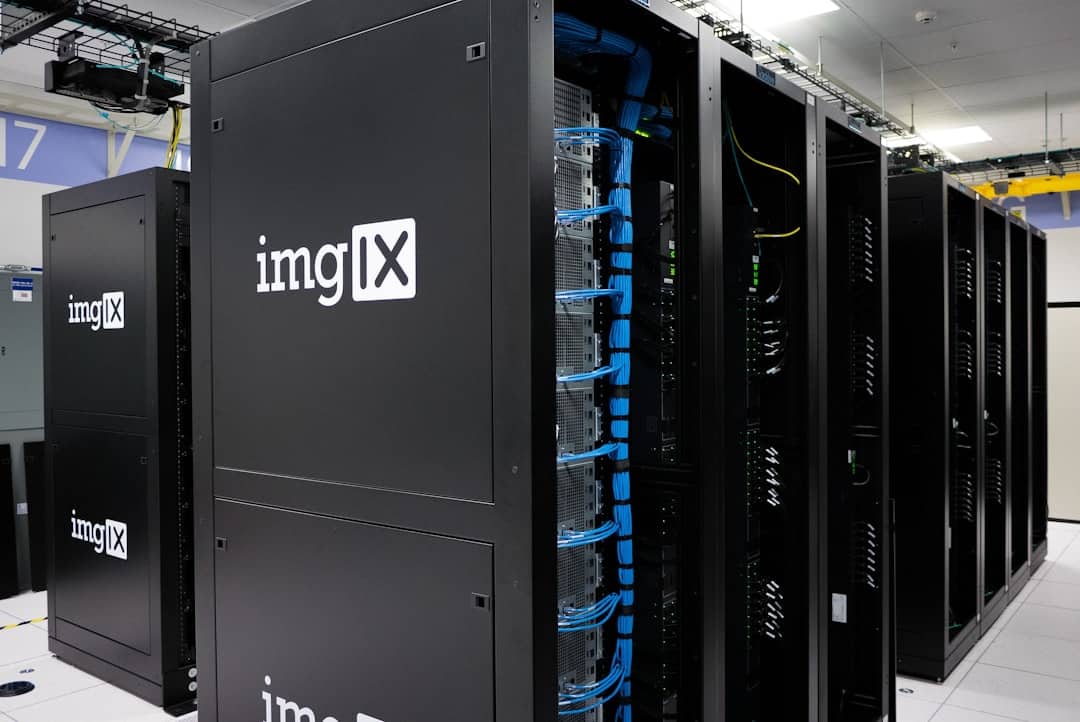Time series analysis is a fundamental component of machine learning that focuses on examining and forecasting data patterns over time. This method involves studying the trends, patterns, and behaviors of data points collected at consistent intervals. Time series data is common across various domains, including finance, economics, meteorology, and numerous others.
In the context of machine learning, time series analysis is essential for making predictions and informed decisions based on historical data patterns. By comprehending past trends and behaviors, machine learning algorithms can project future trends and make data-driven decisions. Time series analysis in machine learning encompasses various techniques, such as autoregression, moving averages, and exponential smoothing.
These methods are instrumental in identifying patterns, seasonality, and trends within the data, which are crucial for generating accurate predictions. As artificial intelligence and machine learning continue to advance, time series analysis has become increasingly sophisticated and precise. This progress enables businesses and organizations to make more informed decisions and predictions based on data-driven insights.
Key Takeaways
- Time series analysis is a crucial component of machine learning, focusing on analyzing and predicting trends over time.
- Time series data is used to understand and predict future trends in various fields such as finance, weather, and sales forecasting.
- Artificial intelligence plays a significant role in time series analysis by enabling the development of advanced forecasting models and algorithms.
- Machine learning algorithms such as ARIMA, LSTM, and Prophet are commonly used for time series forecasting, each with its unique strengths and limitations.
- Predicting future trends with time series data comes with challenges such as data quality, seasonality, and the impact of unforeseen events, which can affect the accuracy of predictions.
Understanding Time Series Data and its Applications in Predicting Future Trends
Time series data is a sequence of data points collected at regular intervals over a period of time. It can be in the form of stock prices, weather patterns, sales figures, or any other data that changes over time. Understanding time series data is crucial for predicting future trends and making informed decisions.
Time series data can exhibit various patterns such as trend, seasonality, cyclicality, and irregularity. These patterns can be analyzed using statistical methods and machine learning algorithms to make accurate predictions. The applications of time series data in predicting future trends are vast and diverse.
In finance, time series analysis is used to predict stock prices, currency exchange rates, and interest rates. In weather forecasting, time series data is used to predict temperature, precipitation, and other weather patterns. In sales and marketing, time series analysis helps in forecasting demand, sales trends, and customer behavior.
By understanding the patterns and trends in time series data, businesses can optimize their operations, reduce risks, and make better decisions.
The Role of Artificial Intelligence in Time Series Analysis

Artificial intelligence (AI) plays a significant role in time series analysis by enabling machines to learn from historical data patterns and make predictions. AI algorithms such as neural networks, support vector machines, and decision trees are used to analyze time series data and make accurate forecasts. These algorithms can identify complex patterns and relationships in the data that may not be apparent to human analysts.
With the help of AI, time series analysis has become more accurate and efficient, leading to better predictions and decisions. One of the key advantages of using AI in time series analysis is its ability to handle large volumes of data and identify non-linear relationships. Traditional statistical methods may struggle with large datasets and complex patterns, whereas AI algorithms can handle such challenges effectively.
AI also enables the automation of time series analysis processes, reducing the need for manual intervention and speeding up the decision-making process. As AI continues to advance, it is expected to further improve the accuracy and efficiency of time series analysis in machine learning.
Techniques for Time Series Forecasting using Machine Learning Algorithms
| Technique | Pros | Cons |
|---|---|---|
| ARIMA | Works well with stationary data | Does not handle seasonality well |
| Exponential Smoothing | Good for short-term forecasting | Not suitable for long-term trends |
| Prophet | Handles missing data and outliers | Requires tuning of parameters |
| LSTM | Effective for capturing long-term dependencies | Requires large amounts of data |
Machine learning algorithms offer various techniques for time series forecasting, each with its strengths and limitations. Some of the commonly used techniques include autoregressive integrated moving average (ARIMA), exponential smoothing, long short-term memory (LSTM) networks, and support vector machines (SVM). ARIMA is a popular technique for modeling and forecasting time series data with trend and seasonality.
Exponential smoothing is another technique that is effective for capturing short-term trends and making short-term forecasts. LSTM networks are a type of recurrent neural network (RNN) that is well-suited for processing and making predictions based on sequential data such as time series. They are capable of capturing long-term dependencies in the data and are widely used for time series forecasting.
Support vector machines are another powerful technique for time series forecasting that can handle non-linear relationships and complex patterns in the data. By using these techniques, machine learning algorithms can make accurate predictions based on historical time series data.
Challenges and Limitations in Predicting Future Trends with Time Series Data
Predicting future trends with time series data comes with several challenges and limitations that need to be addressed. One of the main challenges is dealing with noisy and irregular data that may not follow a specific pattern or trend. This can make it difficult for machine learning algorithms to make accurate predictions.
Another challenge is handling missing or incomplete data, which can affect the accuracy of forecasts. Furthermore, time series data can exhibit complex patterns and relationships that may be challenging for traditional statistical methods or machine learning algorithms to capture. Additionally, overfitting is a common issue in time series forecasting, where a model performs well on historical data but fails to generalize to new data.
These challenges highlight the importance of using robust techniques and algorithms for time series forecasting while also considering the limitations of the data.
Real-world Applications of Time Series Analysis in AI and Machine Learning

Time series analysis has numerous real-world applications across various industries. In finance, it is used for predicting stock prices, currency exchange rates, and interest rates. By analyzing historical stock prices and market trends, financial institutions can make informed investment decisions.
In retail, time series analysis helps in forecasting demand, optimizing inventory levels, and predicting sales trends. This enables retailers to manage their supply chain efficiently and meet customer demand. In healthcare, time series analysis is used for predicting patient outcomes, disease outbreaks, and medical resource allocation.
By analyzing historical patient data and health trends, healthcare providers can improve patient care and resource management. In energy management, time series analysis helps in predicting energy consumption patterns, optimizing energy production, and reducing costs. These real-world applications demonstrate the importance of time series analysis in making informed decisions and predictions across various industries.
Future Trends and Developments in Time Series Analysis and AI
The future of time series analysis in AI and machine learning looks promising with ongoing advancements in technology and algorithms. One of the key developments is the integration of deep learning techniques such as convolutional neural networks (CNN) with time series analysis. CNNs have shown promising results in analyzing sequential data such as images and text, and their application to time series data is expected to improve forecasting accuracy.
Another future trend is the use of reinforcement learning for time series forecasting. Reinforcement learning algorithms learn from feedback and rewards to make sequential decisions, which can be applied to making predictions based on time series data. Additionally, advancements in explainable AI (XAI) will enable better interpretation of time series analysis results, providing insights into how predictions are made.
In conclusion, time series analysis plays a crucial role in machine learning by enabling accurate predictions based on historical data patterns. With the integration of artificial intelligence and advanced machine learning algorithms, time series analysis has become more sophisticated and efficient. Despite the challenges and limitations, the real-world applications of time series analysis are vast and diverse across various industries.
The future trends and developments in time series analysis are expected to further improve forecasting accuracy and enable better decision-making based on historical data trends.
If you’re interested in exploring the intersection of technology and culture, you may enjoy reading the article “Community and Culture in the Metaverse: User-Generated Content in the Metaverse.” This article delves into the ways in which user-generated content is shaping the culture and community within virtual worlds, offering a fascinating look at the evolving landscape of digital interaction. It’s a thought-provoking read for anyone interested in the social implications of emerging technologies.
FAQs
What is a time series in machine learning?
A time series in machine learning is a sequence of data points collected at regular time intervals. It is used to analyze and make predictions about future trends based on past patterns.
What are some common examples of time series data?
Common examples of time series data include stock prices, weather patterns, sales figures, and sensor data from IoT devices.
What are some popular algorithms used for time series analysis in machine learning?
Popular algorithms used for time series analysis in machine learning include ARIMA (AutoRegressive Integrated Moving Average), LSTM (Long Short-Term Memory), and Prophet.
What are some challenges in working with time series data in machine learning?
Challenges in working with time series data in machine learning include handling missing values, dealing with seasonality and trends, and selecting appropriate features for modeling.
How is time series data preprocessed for machine learning models?
Time series data is preprocessed for machine learning models by handling missing values, normalizing the data, and splitting it into training and testing sets.
What are some common evaluation metrics for time series forecasting models?
Common evaluation metrics for time series forecasting models include Mean Absolute Error (MAE), Mean Squared Error (MSE), and Root Mean Squared Error (RMSE).











Leave a Reply